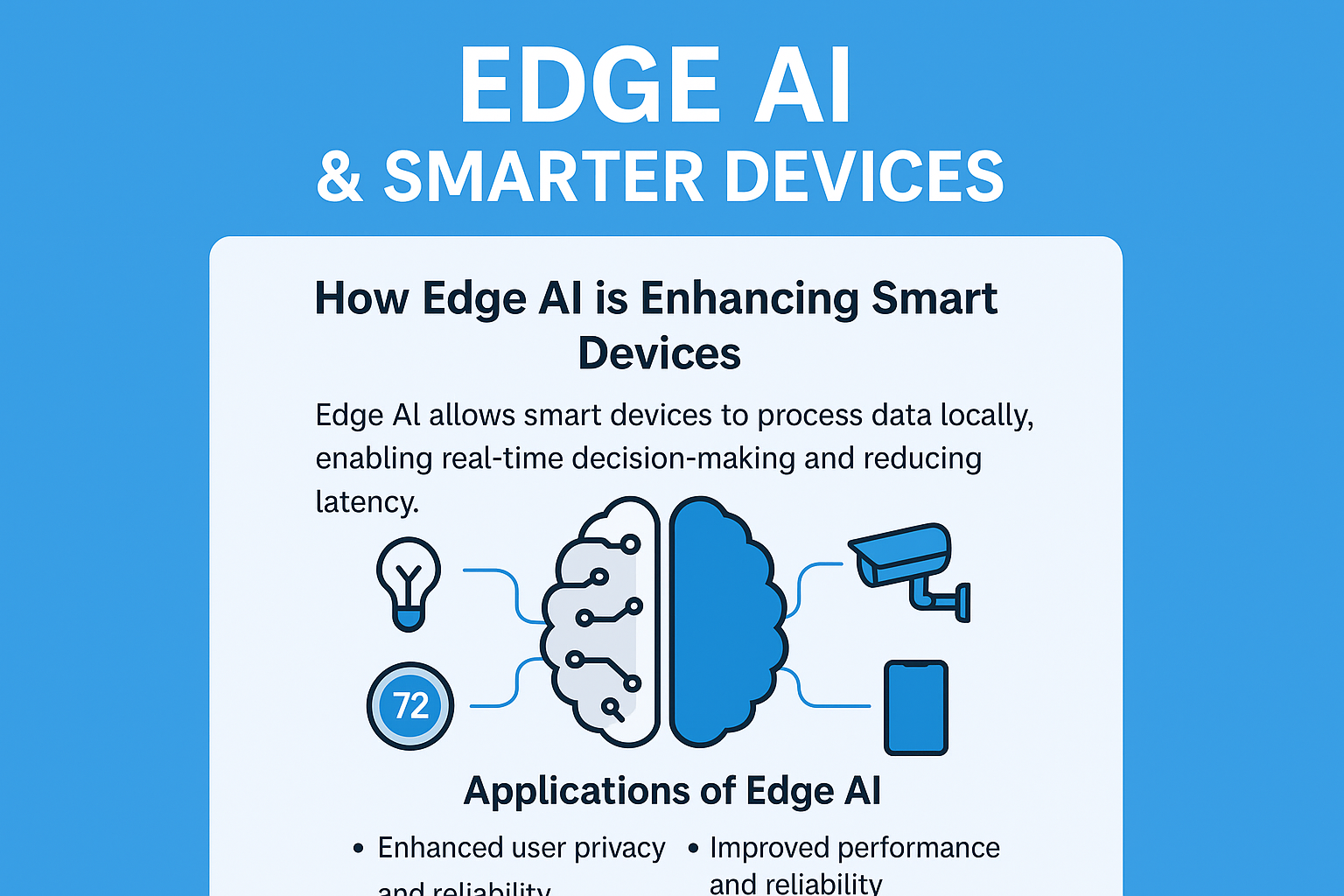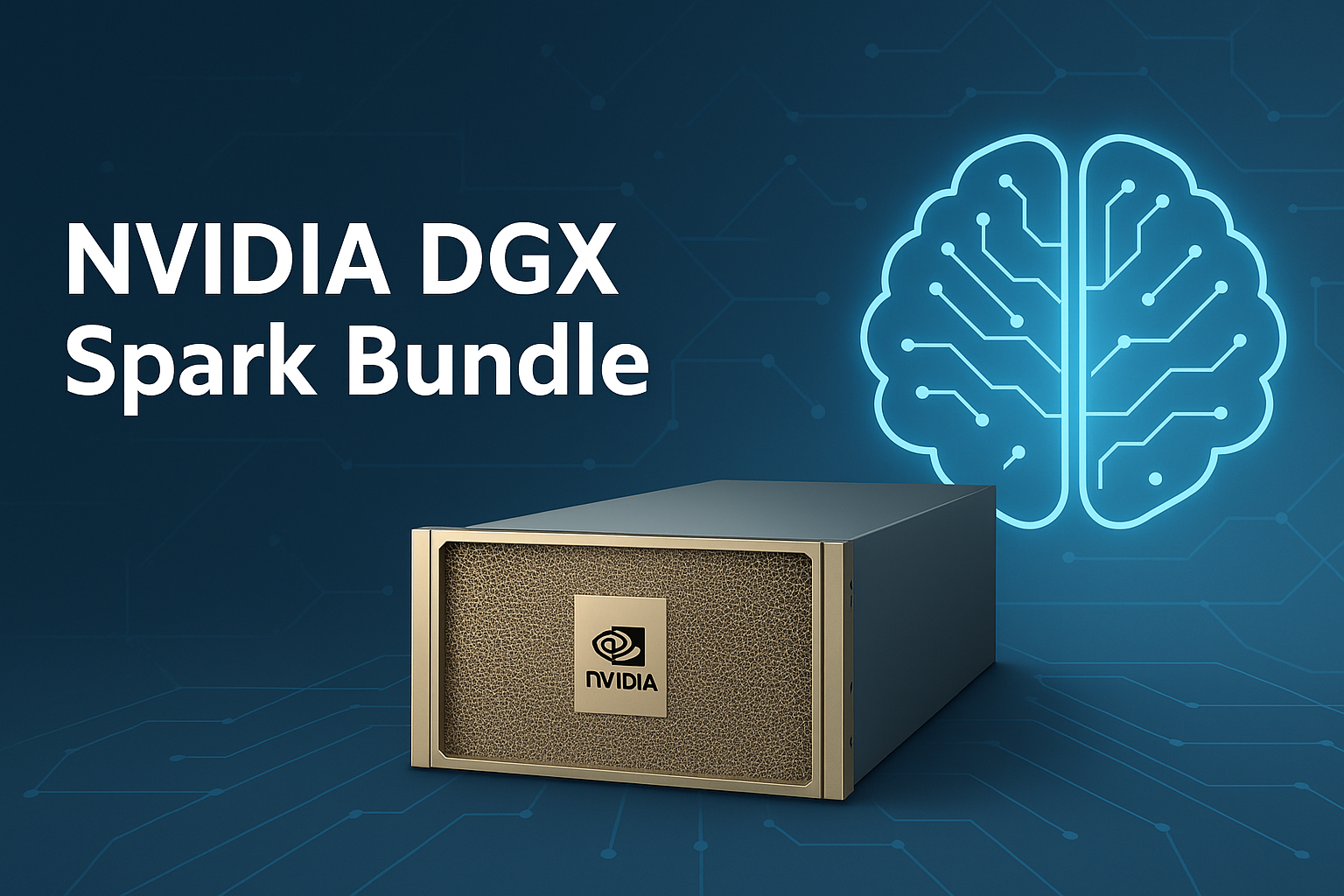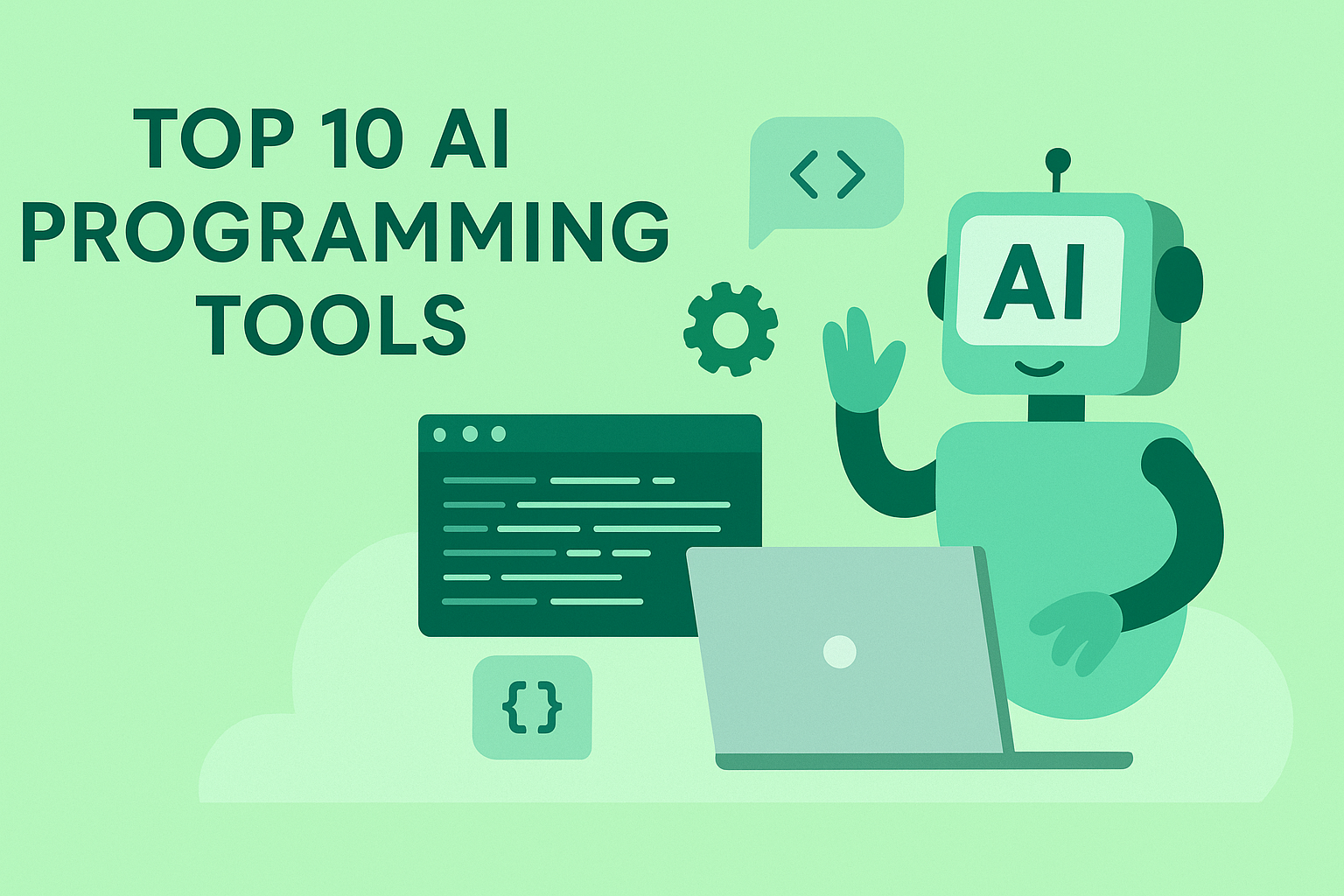Artificial intelligence has always been about speed, intelligence, and adaptability.
But as more devices connect to the internet and generate massive amounts of data, a new challenge has emerged processing that information efficiently without sending everything back to distant cloud servers. That’s where Edge AI steps in.
Edge AI combines the power of artificial intelligence with the efficiency of edge computing, bringing intelligence closer to where data is created inside smart devices, sensors, and local servers.
This shift is quietly reshaping how machines interact, process, and respond in real-time.
Whether it’s your smartwatch monitoring your heart rate, a factory sensor detecting machine faults, or a car navigating traffic, Edge AI is what makes these interactions instant, secure, and efficient.
Let’s explore how it works, why it matters, and where it’s heading next.
What is Edge AI?
Edge AI refers to artificial intelligence algorithms that run locally on devices instead of relying on centralized cloud servers.
Instead of sending data to the cloud for processing, the device or the “edge” handles it right where it’s generated.
Think of it like this: Instead of mailing a letter to a distant data center and waiting for a reply, your device does the thinking on the spot.
This approach drastically reduces latency (delay), minimizes bandwidth usage, enhances privacy, and allows for real-time decisions all critical for applications like autonomous vehicles, robotics, and industrial automation.
How Edge AI Works
Edge AI blends two core technologies AI models and edge computing.
- Data Collection:
Smart devices, such as IoT sensors or cameras, collect data from their environment. - On-Device Processing:
AI algorithms trained in the cloud are deployed locally on the device. These models interpret and analyze the incoming data instantly. - Selective Data Transfer:
Only valuable insights or summarized data are sent back to the cloud for further analytics or long-term storage. - Continuous Learning:
Devices can periodically sync with cloud servers to update their models, improving accuracy and adaptability.
This distributed intelligence setup allows devices to function even when disconnected from the internet an essential feature for industries that demand reliability and speed.
Why Edge AI is a Game Changer
Edge AI isn’t just another buzzword. It’s solving real challenges that traditional AI and cloud computing couldn’t handle efficiently.
1. Real-Time Decision Making
When milliseconds matter, Edge AI shines. Self-driving cars, drones, and medical monitors can’t afford network delays. Processing data on-device means decisions happen in real time, without waiting for cloud responses.
2. Reduced Bandwidth and Costs
Sending large volumes of raw data to the cloud consumes bandwidth and money. Edge AI processes the bulk of the data locally, transmitting only key insights — drastically cutting cloud storage and communication costs.
3. Enhanced Security and Privacy
Data stays closer to the source. By processing sensitive information locally, Edge AI reduces the risk of data leaks or interception during transmission. This makes it especially valuable for healthcare, finance, and government applications.
4. Better Reliability
Even if internet connectivity drops, Edge AI-powered systems can continue functioning smoothly. For example, a factory robot doesn’t need a stable cloud connection to keep operating or detecting anomalies.
Real-World Applications of Edge AI
Edge AI has already started influencing almost every industry you can think of. Let’s break down a few transformative use cases.
1. Smart Manufacturing
Factories use Edge AI to detect equipment malfunctions, track inventory, and optimize production lines in real time. Cameras powered by AI models can spot product defects instantly without waiting for centralized analysis.
2. Healthcare and Wearables
Smartwatches and medical devices analyze biometric data locally. This enables features like irregular heartbeat detection, glucose monitoring, and emergency alerts without needing constant internet access.
3. Autonomous Vehicles
Self-driving cars rely on hundreds of sensors cameras, radar, and LiDAR generating terabytes of data every day. Edge AI enables vehicles to process that data locally to make split-second decisions on braking, steering, and obstacle avoidance.
4. Smart Retail
Retailers use Edge AI for real-time customer analytics. Cameras and sensors track shopper movements, monitor shelves, and optimize store layouts all without compromising customer privacy.
5. Agriculture
Farmers deploy drones and IoT sensors equipped with Edge AI to monitor soil conditions, crop health, and irrigation needs. The instant feedback helps reduce waste and increase yields.
6. Smart Homes
Voice assistants, thermostats, and security systems use on-device processing to respond faster and more securely. For instance, when you say “turn off the lights,” the command doesn’t need to travel to the cloud first.
Technologies Powering Edge AI
Edge AI systems depend on a blend of advanced technologies working together to make intelligent processing possible on small, power-efficient devices.
1. Edge Hardware
- AI Chips and NPUs: Specialized processors like Google Coral, NVIDIA Jetson, and Apple Neural Engine handle complex neural network computations efficiently.
- Microcontrollers and Edge Gateways: These act as intermediaries between sensors and the cloud, enabling data aggregation and processing.
2. AI Frameworks
Frameworks such as TensorFlow Lite, PyTorch Mobile, and OpenVINO allow developers to deploy AI models optimized for edge devices. These lightweight frameworks ensure models run smoothly with limited memory and power.
3. 5G Connectivity
While Edge AI reduces dependence on the cloud, 5G enhances its efficiency by providing ultra-fast communication between devices, enabling seamless coordination among distributed systems.
4. Cloud-to-Edge Integration
Hybrid models combine the strengths of both worlds. The cloud trains AI models with vast data, while the edge executes them locally. Updates flow back and forth for continuous improvement.
Challenges in Implementing Edge AI
Despite its promise, deploying Edge AI is not without challenges.
1. Limited Computing Power
Edge devices have smaller processors compared to data centers. Running complex AI models can strain their resources, leading to performance trade-offs.
2. Model Optimization
Developers must compress and optimize AI models to fit the limited storage and memory of edge devices while maintaining accuracy.
3. Security Vulnerabilities
While Edge AI enhances privacy, physical devices can still be tampered with. Implementing encryption, secure boot, and firmware protection is essential.
4. Integration Complexity
Connecting diverse devices, sensors, and systems can be tricky. Interoperability standards are still evolving, requiring careful design for seamless communication.
How to Build a Successful Edge AI Strategy
For businesses looking to integrate Edge AI, here’s a practical roadmap.
Step 1: Identify Key Use Cases
Focus on where latency, privacy, or bandwidth is critical. For example:
- Real-time equipment monitoring in factories
- On-site video analytics for security
- Smart energy management in buildings
Step 2: Choose the Right Hardware
Select edge devices and chips compatible with your processing needs. Evaluate factors like power consumption, scalability, and environmental conditions.
Step 3: Develop Lightweight AI Models
Use frameworks like TensorFlow Lite or PyTorch Mobile to train and compress models. Aim for balance between performance and efficiency.
Step 4: Deploy and Integrate
Integrate AI models with your existing IoT infrastructure. Ensure smooth data flow between edge devices and the central system.
Step 5: Test and Monitor
Continuously monitor device performance and data quality. Set up feedback loops to retrain models as conditions change.
Step 6: Prioritize Security
Implement multi-layered security protocols including data encryption, secure access controls, and regular firmware updates.
Edge AI in Everyday Life
You may not realize it, but Edge AI already powers many of your daily interactions.
- Voice Assistants: Devices like Alexa and Siri process wake words locally before sending more complex queries to the cloud.
- Smart Cameras: Surveillance systems can detect movement, faces, or unusual activities without relying on internet connectivity.
- Fitness Trackers: These analyze movement and heart rate locally to provide instant feedback during workouts.
- Cars: Modern vehicles use on-board AI for lane detection, driver fatigue monitoring, and predictive maintenance.
The magic of Edge AI lies in making technology responsive and personal — without making users wait or compromise privacy.
Future of Edge AI
The future of Edge AI is incredibly promising. As chips become smaller, faster, and more energy-efficient, the intelligence of edge devices will grow exponentially.
Here’s what we can expect in the coming years:
- Autonomous Ecosystems:
Smart cities will rely on interconnected edge devices managing traffic, lighting, and energy autonomously. - AI-Driven Healthcare:
Medical devices will provide real-time diagnostics and early disease detection, even in remote areas with limited internet access. - Retail Reinvention:
Stores will operate with minimal human supervision, using Edge AI to handle everything from checkout to inventory management. - Enhanced Cybersecurity:
AI at the edge will detect anomalies and potential threats instantly, securing networks before they’re compromised. - Decentralized Intelligence:
Instead of one central brain (the cloud), thousands of smaller intelligent systems will collaborate — making the global network smarter, faster, and more resilient.
Conclusion
Edge AI represents a new era of intelligent technology one where devices don’t just collect data but understand and act on it instantly.
It’s reshaping industries by combining the speed of edge computing with the intelligence of AI, leading to smarter cities, safer healthcare systems, and more efficient factories.
Businesses that invest early in Edge AI will not only reduce operational costs but also unlock innovation at scale.
The future belongs to systems that think locally and act globally and Edge AI is paving the way for that smarter, faster, and more connected world.




